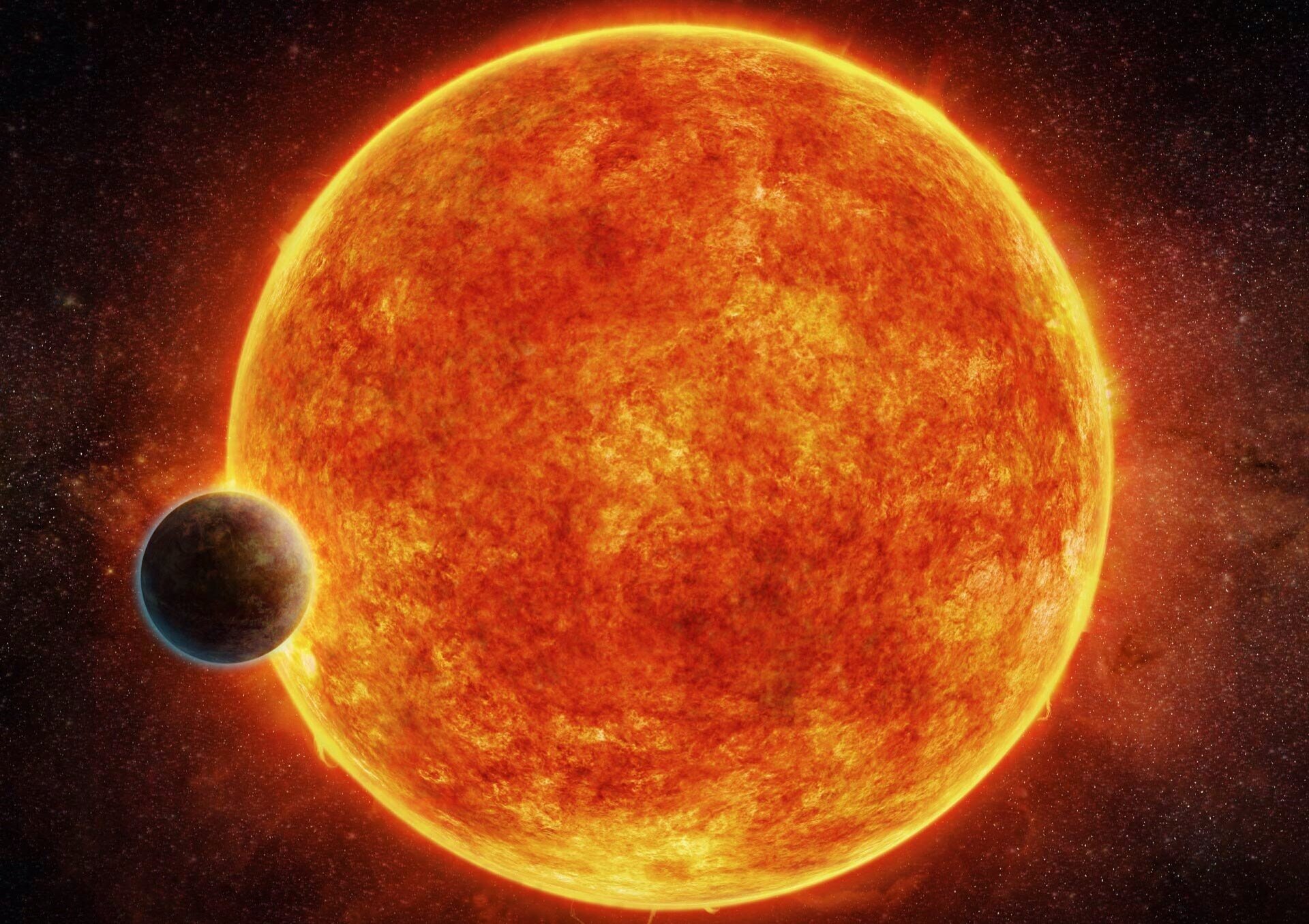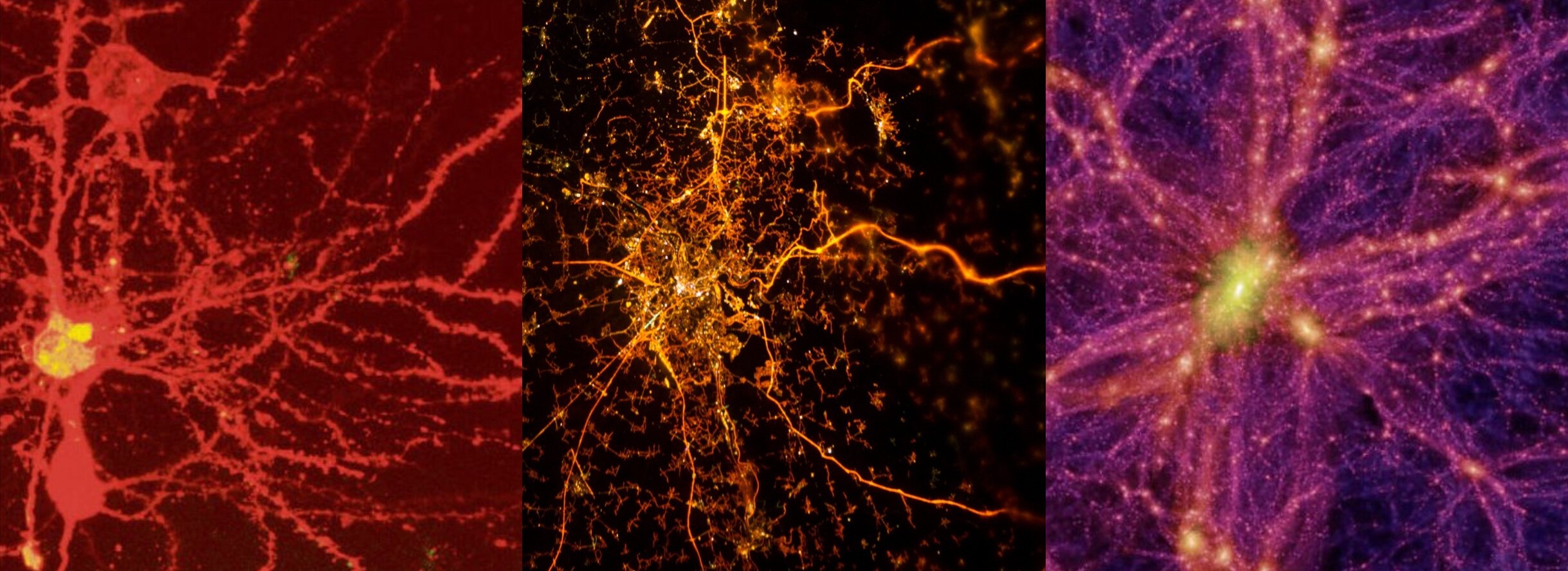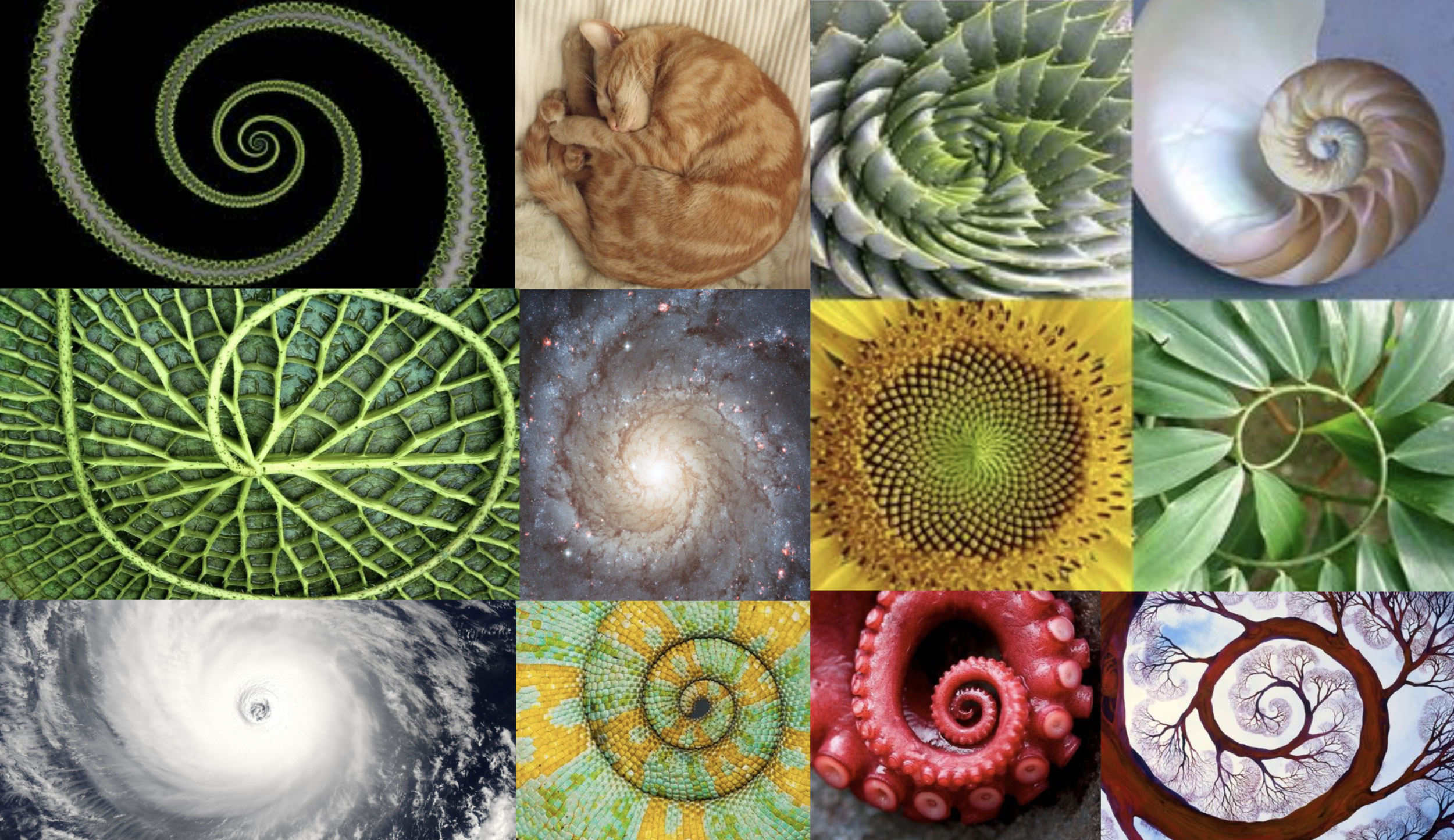
“In space, there are countless constellations, suns, and planets; we see only the suns because they give light; the planets remain invisible, for they are small and dark. There are numberless earths circling around their suns.”
- Giordano Bruno
II. Empirical Truth
The Italian astronomer Giordano Bruno wrote these words in 1584. When he looked at the night's sky he didn’t see a decorative star-dome over a central, singular Earth. He saw a vast cosmos teaming with unseen worlds.
Through observation and imagination, Bruno intuited something that would take science another 400 years to confirm. In 1992, NASA observed alien exoplanets transiting their distant suns for the first time. Today it’s clear that all stars have planets in orbit around them with Earth-like worlds orbiting most stars.
Isn’t that wild and wonderful?
Unfortunately, the Medieval church thought these ideas were wild and crazy, criminally anti-wonderful, in fact. So, in 1600, Giordano Bruno was tortured and executed for refusing to renounce his vision of a greater cosmos.
Bummer, right? Only kinda.
Because the moral of this story is a righteous one - whatever the dominant dogmas or fashions of the day, empirical truth endures as verifiable facts about the observable world.
Who gets to verify those facts (especially when fueld by a heaping helping of human self-interest and ignorance) can definitely obscure or distort the truth, sometimes for centuries. But the universe doesn’t care about the walls we build around our limited understanding. Its truths exist in the enormity of everything that lurks beyond the fireside glow of our fragile certainties.
As Bruno wrote, "Truth does not change because it is, or is not, believed by a majority of the people.”
Sooner or later the time comes when we have to confront the truth on its own terms. That’s exactly what creative strategy - as the art and science of the possible - endeavors to do when we work to solve difficult problems by changing the status quo.
Our search for the empirical truth of things, like Bruno’s, starts with pattern recognition.

Neuron, Paris, or Universe?
(Yes. Turn your screen sideways to compare.)
The self-similarity of creativity
Scientists and artists (yes, even Jackson Pollack) have a keen intuitive appreciation for the underlying order of things. They understand that forms recur with regularity across different scales and time frames. This is the logic of fractal self-similarity, the defining feature of living systems emerging in all their complexity at the frontiers of order and chaos.
From the nerve cells first sketched by Ramón y Cajal in 1865, to the self-organizing behaviors of living systems as simple as fungus to as complex as, well, us, the world dances to the beat of an ancient drum.
These are the patters that underly the rhythms and structures of human life, forces that shed light on the things we value and create, and explain the beliefs we hold in order to bring meaning and purpose to our lives.
At a higher level of complexity, these patters become the foundations of our symbolic systems, from our oldest myths to our most advanced scientific theories, from the social hierarchies that govern our civilizations (be they virtuous or oppressive) to the technologies and strategies we devise to raise our status within these systems. To fail to see the continuities and self-similarities between different levels of analysis at different points in history is to risk finding ourselves in an arbitrary world where what has gone before is derided as derivative or dead. Like variations of a fugue warring against their main theme, when we fail to interrogate these deeper structures - the fundamental truths we call creative and strategic insights - we lose the thread. That’s how people, organizations, and cultures collapse into incoherence.
Because if we hope to build things of lasting value, things that pass the test of time, we have to built atop ancient truths undergirding the systems we are attempting to create or influence. The alternative is almost always easier - defaulting to conventional wisdom, opting in to expedient, short-term solutions, and not so much choosing to create as merely to survive. But as all fungus, neurons, brands, and civilizations know, no living system can endure if it fails to adapt and evolve. Worse, the further from the truth it strays, the faster it falls.
The most strategically insightful, creative, and culturally influential brands and businesses aren’t afraid of empirical facts. And they’re not derisive of “reality based communities.” That’s why they surface powerful truths with the power to illuminate and inspire, even if, and especially if, they run counter to established wisdom or common knowledge.
Because common knowledge is always in flux. Today, it is transforming into something the church of Bruno’s time would have found comforting. Two years ago, YouGov asked Americans if they agreed with the statement “I have always believed the world is round.” One-in-five Americans and a one-third of Millennials did not agree. Oof.
What would Bruno have thought of such a shocking flat-earth backslide? He would have likely understood it to be just another part of the nature of things. That this too is to be expected when trust in experts and science erodes. And he probably would have said something timeless and true like…

“All things are in the Universe, and the Universe is in all things: we in it, and it in us; in this way everything concurs in a perfect unity.”
- Giordano Bruno




